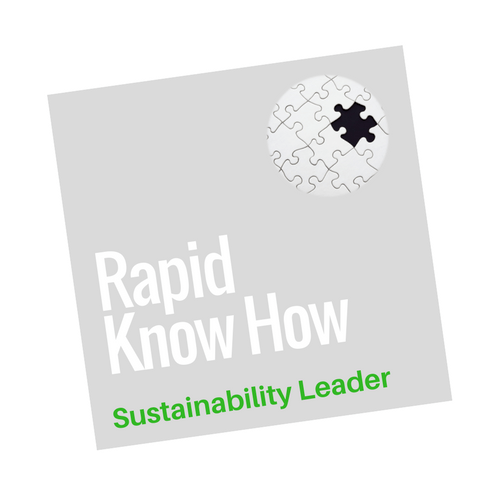A sustainable lifestyle is one that seeks to reduce an individual’s or society’s use of the Earth’s natural resources, and one’s personal resources. It’s about living in a way that is respectful to our planet and its inhabitants. This lifestyle is often characterized by individuals making conscious choices to reduce their carbon footprint, minimize waste, and support ethical practices.
To classify a sustainable lifestyle, we need to look at several key areas:
1. Consumption Habits: A sustainable lifestyle often involves mindful consumption. This includes buying less, choosing items with less packaging, and opting for second-hand or recycled items whenever possible.
2. Food Choices: Sustainable living also involves making conscious food choices. This could mean eating locally sourced, organic food, reducing meat consumption, growing your own vegetables, or minimizing food waste.
3. Energy Use: Those living sustainably often strive to reduce their energy use. This could involve using energy-efficient appliances, reducing air travel, cycling or walking instead of using a car, or using renewable energy sources.
4. Waste Management: A sustainable lifestyle also involves waste reduction and effective waste management. This could mean composting organic waste, recycling wherever possible, and avoiding products with non-recyclable packaging.
5. Ethical Choices: Sustainable living isn’t just about the environment; it’s also about people. This means making ethical choices such as supporting fair trade products or companies with good labor practices.
A Sustainability Leader is someone who not only practices these principles in their own life but also inspires and leads others to do the same. They are often involved in initiatives that promote sustainability on a larger scale – this could be within their community, workplace, or even on a global level.
The typical lifestyle of a Sustainability Leader would involve practicing all the principles mentioned above. They would likely live minimally, consume responsibly, eat healthily and ethically, use energy wisely and manage waste effectively. They would also be actively involved in spreading awareness about sustainability and advocating for policies and practices that support it.
Now, let’s evaluate the healthiness of their lifestyle using the YES/NO question technique:
– Do they eat a balanced, nutritious diet? YES
– Do they engage in regular physical activity (like cycling or walking)? YES
– Do they minimize exposure to harmful chemicals (by choosing organic food, for example)? YES
– Do they have a high-stress lifestyle (due to activism work, for example)? This could be a YES or NO, depending on the individual.
– Do they have a strong sense of purpose and community? YES
From this, we can conclude that a sustainable lifestyle – and particularly that of a Sustainability Leader – is generally very healthy. It promotes physical health through a balanced diet and regular exercise, mental health through a strong sense of purpose and community, and overall wellbeing through mindful living.
Josef David
In conclusion, classifying a sustainable lifestyle involves looking at consumption habits, food choices, energy use, waste management, and ethical choices. A Sustainability Leader is someone who not only lives this way but inspires others to do so as well. Their lifestyle is generally very healthy as it promotes physical health, mental wellbeing, and overall mindfulness. However, like any lifestyle choice, it’s important to find balance and not let any one aspect become overwhelming or stressful.
